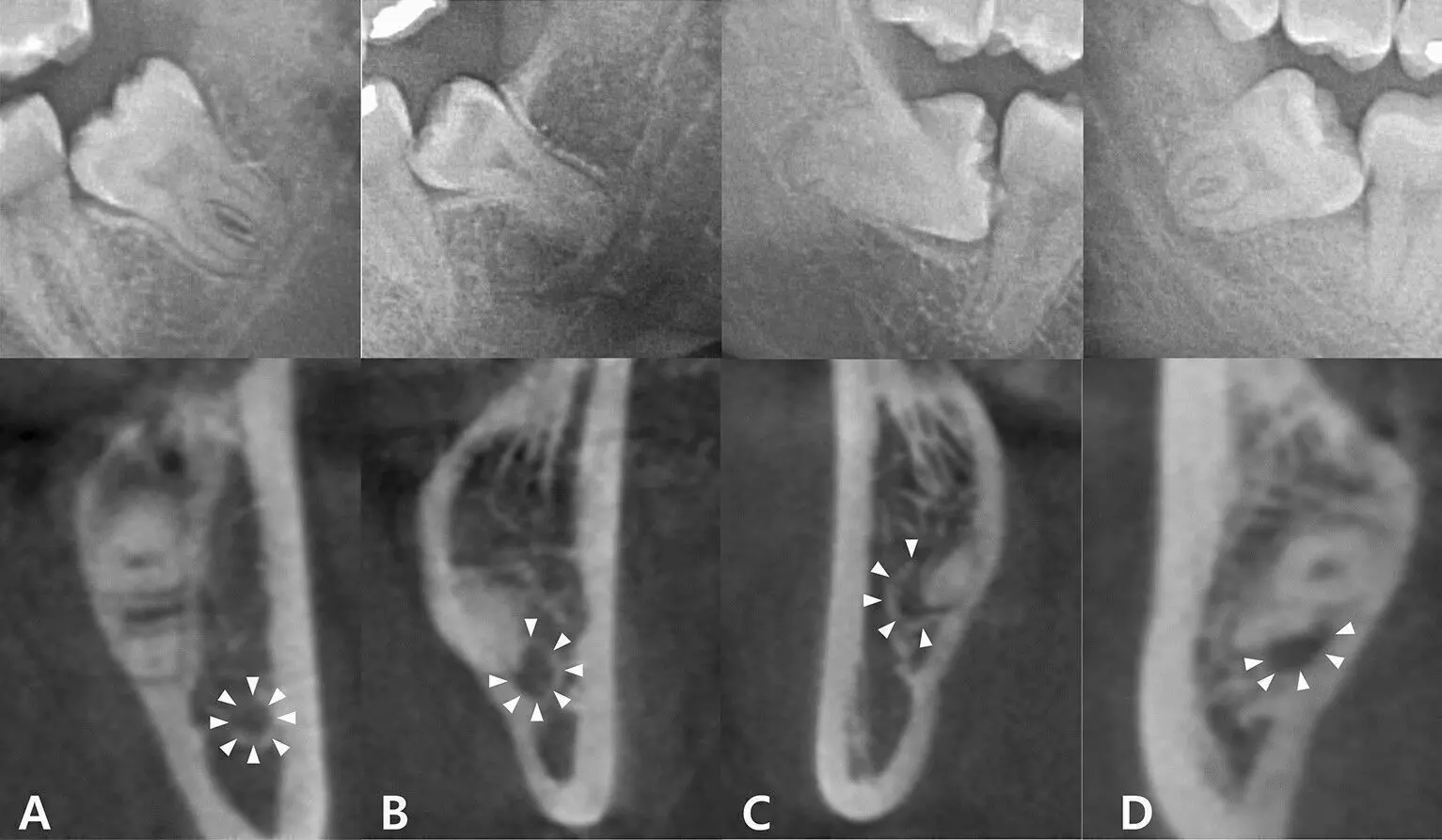- Home
- Medical news & Guidelines
- Anesthesiology
- Cardiology and CTVS
- Critical Care
- Dentistry
- Dermatology
- Diabetes and Endocrinology
- ENT
- Gastroenterology
- Medicine
- Nephrology
- Neurology
- Obstretics-Gynaecology
- Oncology
- Ophthalmology
- Orthopaedics
- Pediatrics-Neonatology
- Psychiatry
- Pulmonology
- Radiology
- Surgery
- Urology
- Laboratory Medicine
- Diet
- Nursing
- Paramedical
- Physiotherapy
- Health news
- Fact Check
- Bone Health Fact Check
- Brain Health Fact Check
- Cancer Related Fact Check
- Child Care Fact Check
- Dental and oral health fact check
- Diabetes and metabolic health fact check
- Diet and Nutrition Fact Check
- Eye and ENT Care Fact Check
- Fitness fact check
- Gut health fact check
- Heart health fact check
- Kidney health fact check
- Medical education fact check
- Men's health fact check
- Respiratory fact check
- Skin and hair care fact check
- Vaccine and Immunization fact check
- Women's health fact check
- AYUSH
- State News
- Andaman and Nicobar Islands
- Andhra Pradesh
- Arunachal Pradesh
- Assam
- Bihar
- Chandigarh
- Chattisgarh
- Dadra and Nagar Haveli
- Daman and Diu
- Delhi
- Goa
- Gujarat
- Haryana
- Himachal Pradesh
- Jammu & Kashmir
- Jharkhand
- Karnataka
- Kerala
- Ladakh
- Lakshadweep
- Madhya Pradesh
- Maharashtra
- Manipur
- Meghalaya
- Mizoram
- Nagaland
- Odisha
- Puducherry
- Punjab
- Rajasthan
- Sikkim
- Tamil Nadu
- Telangana
- Tripura
- Uttar Pradesh
- Uttrakhand
- West Bengal
- Medical Education
- Industry
AI may help classify relationship between mandibular third molar and inferior alveolar canal in future

The use of panoramic radiography to determine the relationship between the mandibular third molar and the inferior alveolar canal is a clinical norm; however, this requires high clinical experience and can lead to difficulties in estimating the surgical difficulty.
AI may help classify the relationship between the mandibular third molar and inferior alveolar canal in future suggests a new study published in the Journal of Dentistry.
The aim of this study is to automatically assess the positional relationship between lower third molars (M3i) and the mandibular canal (MC) based on the panoramic radiograph(s) (PR(s)).This study applied artificial intelligence (AI)–based deep learning model for the positional assessment of the mandibular third molar and mandibular canal.
A total of 1444 M3s were manually annotated and labeled on 863 PRs as a reference. A deep-learning approach, based on MobileNet-V2 combination with a skeletonization algorithm and a signed distance method, was trained and validated on 733 PRs with 1227 M3s to classify the positional relationship between M3i and MC into three categories. Subsequently, the trained algorithm was applied to a test set consisting of 130 PRs (217 M3s). Accuracy, precision, sensitivity, specificity, negative predictive value, and F1-score were calculated.
Results
The proposed method achieved a weighted accuracy of 0.951, precision of 0.943, sensitivity of 0.941, specificity of 0.800, negative predictive value of 0.865 and an F1-score of 0.938.
AI-enhanced assessment of PRs can objectively, accurately, and reproducibly determine the positional relationship between M3i and MC.The use of such an explainable AI system can assist clinicians in the intuitive positional assessment of lower third molars and mandibular canals. Further research is required to automatically assess the risk of alveolar nerve injury on panoramic radiographs.
Reference:
Steven Kempers, Pieter van Lierop, Tzu-Ming Harry Hsu, David Anssari Moin, Stefaan Bergé, Hossein Ghaeminia, Tong Xi, Shankeeth Vinayahalingam,
Positional assessment of lower third molar and mandibular canal using explainable artificial intelligence. Journal of Dentistry, Volume 133, 2023, 104519, ISSN 0300-5712, https://doi.org/10.1016/j.jdent.2023.10451
Dr. Shravani Dali has completed her BDS from Pravara institute of medical sciences, loni. Following which she extensively worked in the healthcare sector for 2+ years. She has been actively involved in writing blogs in field of health and wellness. Currently she is pursuing her Masters of public health-health administration from Tata institute of social sciences. She can be contacted at editorial@medicaldialogues.in.
Dr Kamal Kant Kohli-MBBS, DTCD- a chest specialist with more than 30 years of practice and a flair for writing clinical articles, Dr Kamal Kant Kohli joined Medical Dialogues as a Chief Editor of Medical News. Besides writing articles, as an editor, he proofreads and verifies all the medical content published on Medical Dialogues including those coming from journals, studies,medical conferences,guidelines etc. Email: drkohli@medicaldialogues.in. Contact no. 011-43720751


